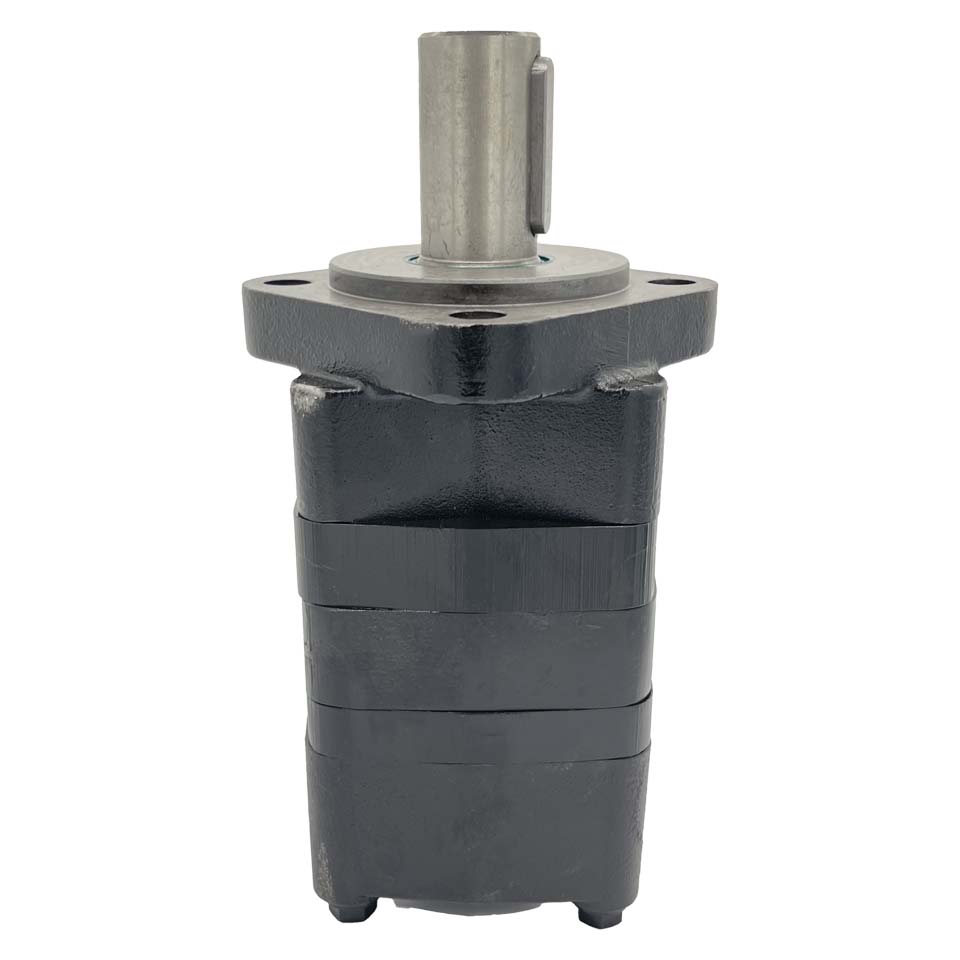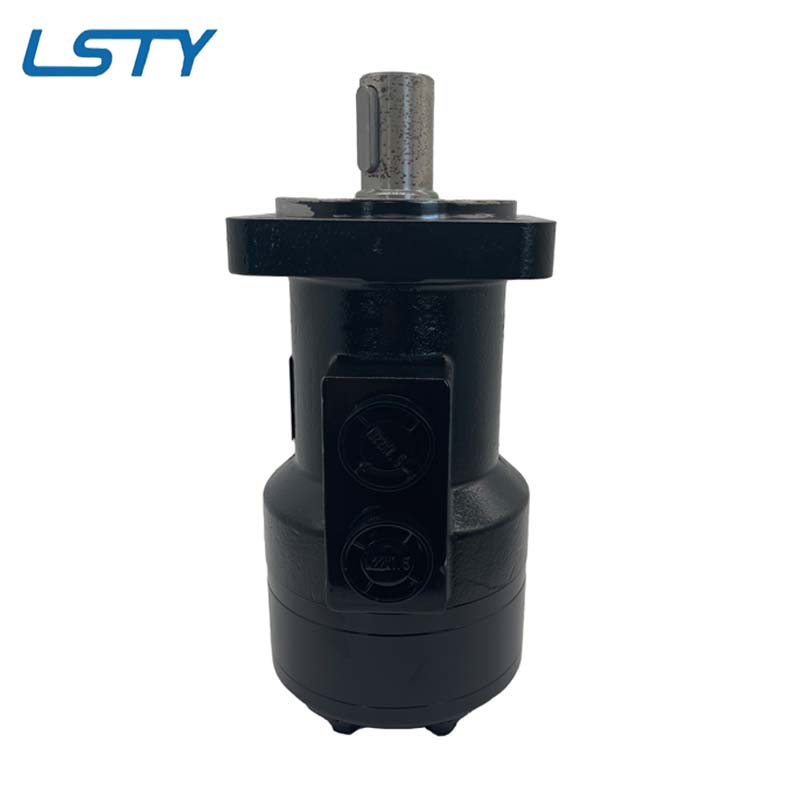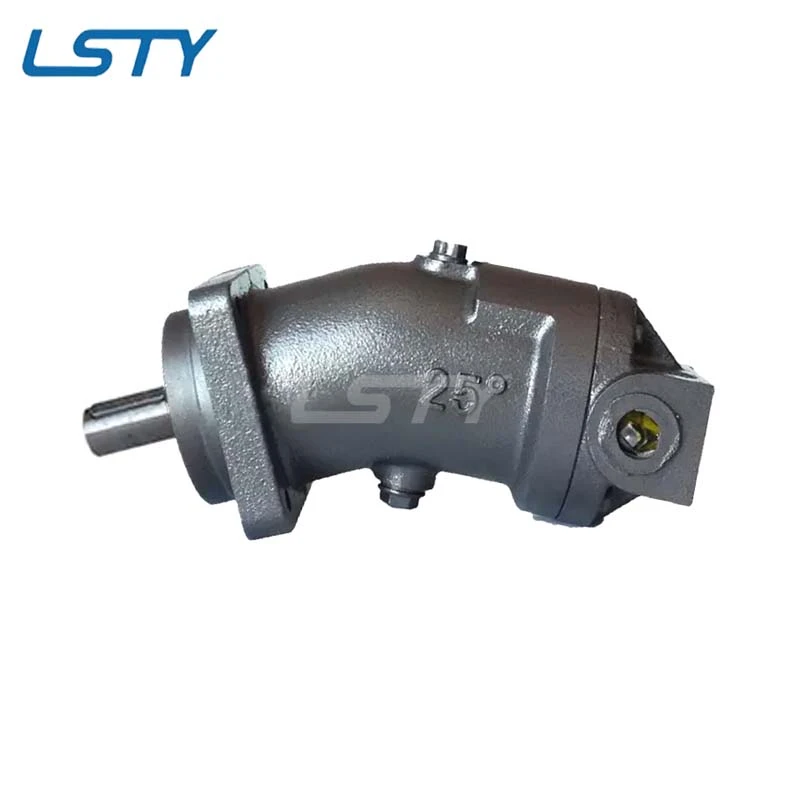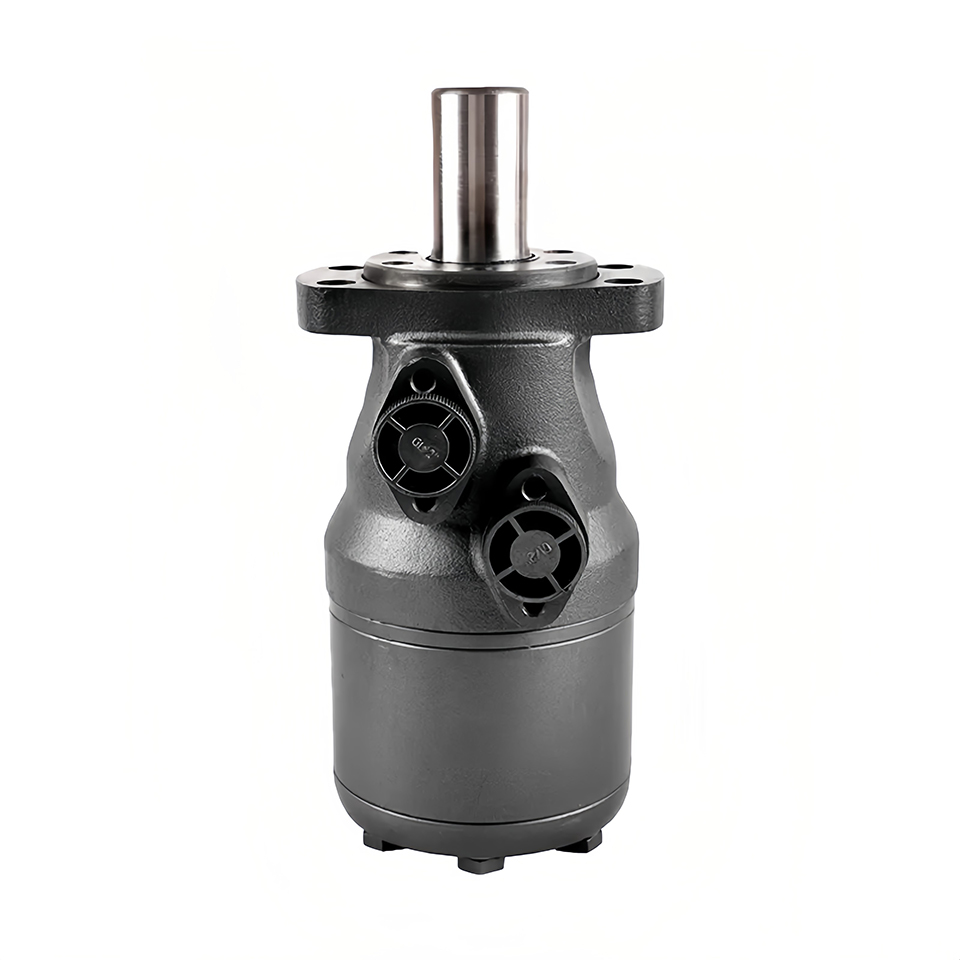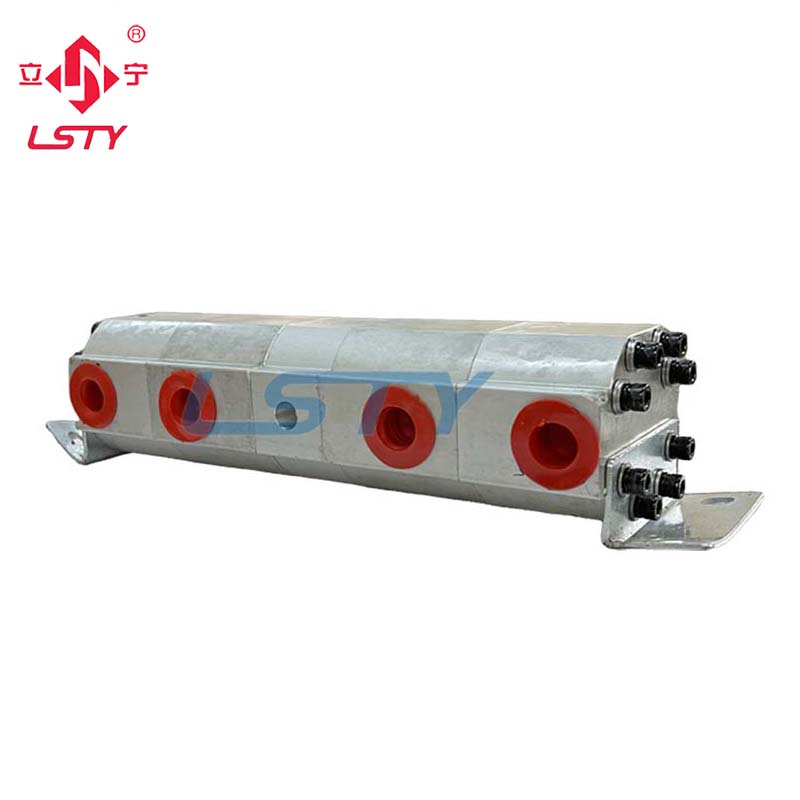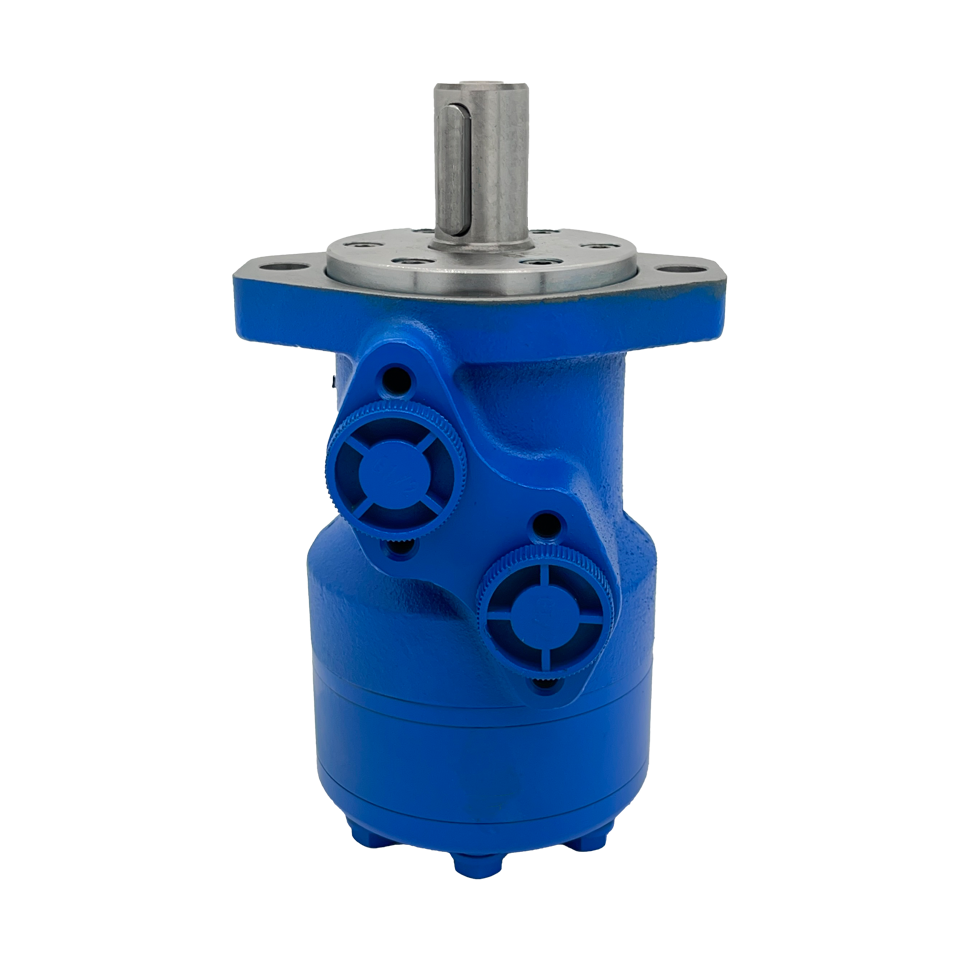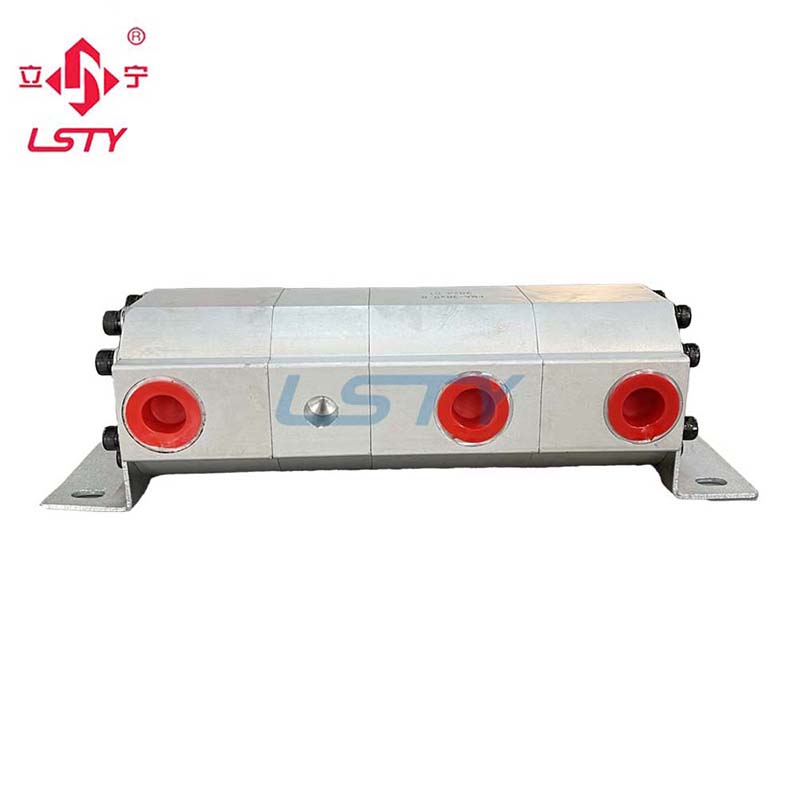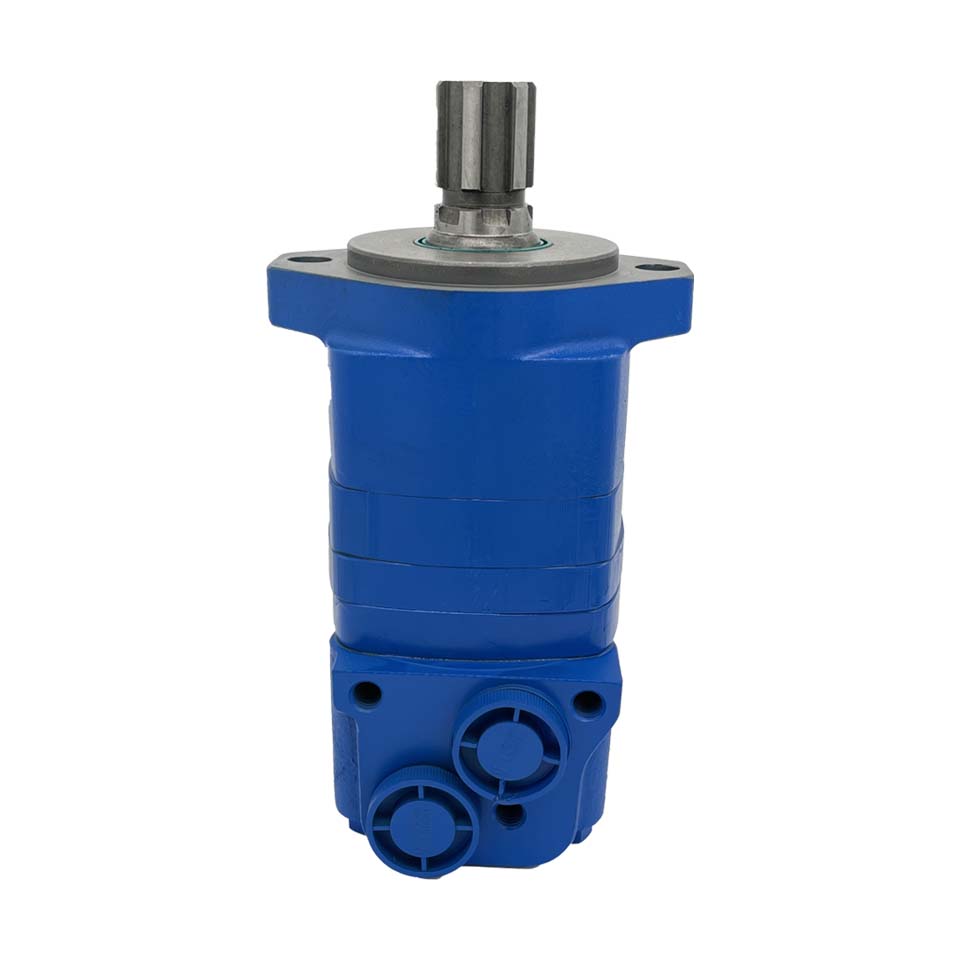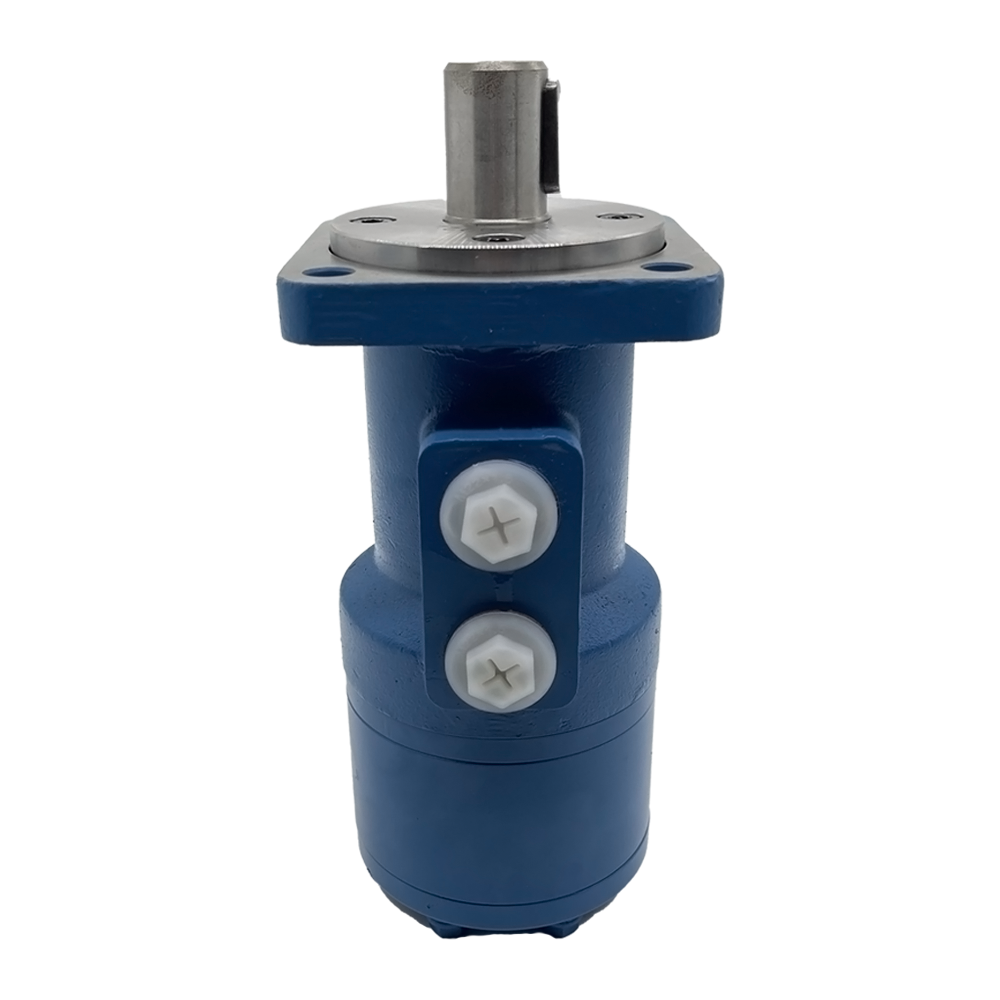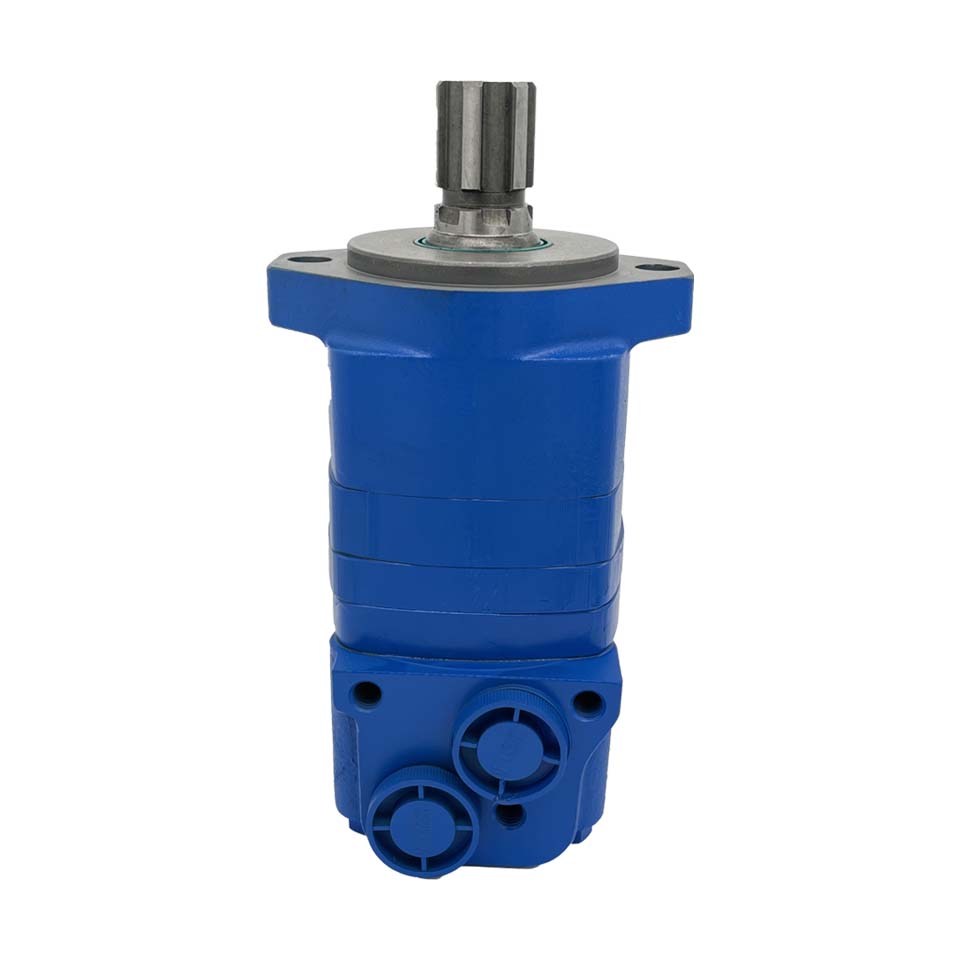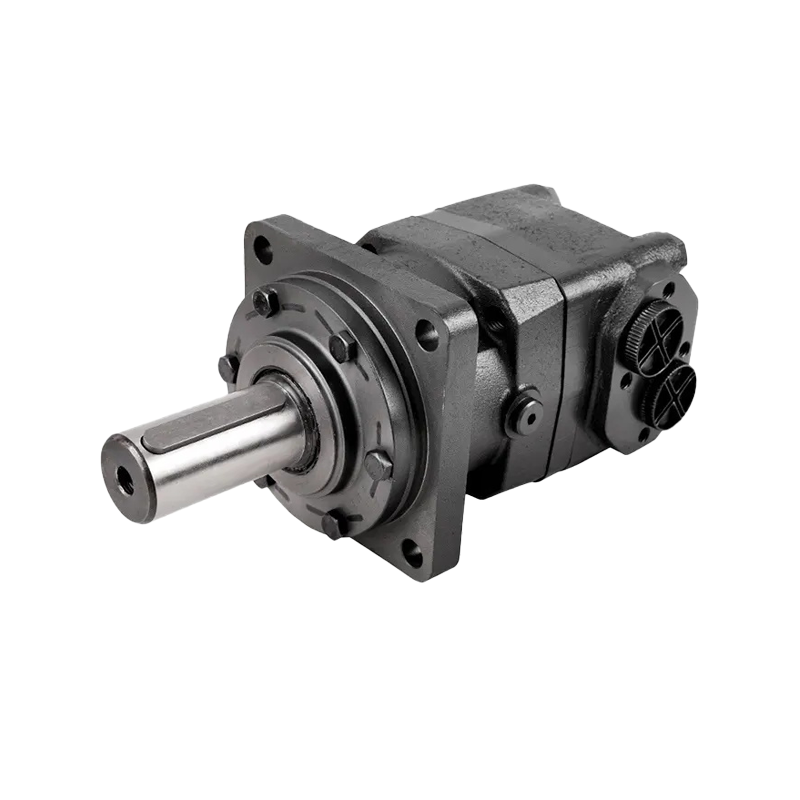A hydraulic motor is a device that converts the energy from pressurized hydraulic fluid into mechanical energy in the form of rotational motion. It functions similarly to a hydraulic pump but operates in reverse. Instead of creating fluid flow, a hydraulic motor uses the flow of hydraulic fluid to generate rotary motion, which can be used to drive machinery, equipment, or vehicles. Hydraulic motors are essential components in various hydraulic systems, providing power for applications that require rotational force. They are commonly used in construction machinery, agricultural equipment, industrial machines, and mobile vehicles. Hydraulic motors come in various types, including gear, piston, and vane motors, each offering different performance characteristics suited for specific applications. The motor's efficiency, torque, and speed depend on factors such as the flow rate and pressure of the hydraulic fluid, as well as the design of the motor. Hydraulic motors are valued for their ability to provide consistent, high torque output even in compact and heavy-duty applications. Their versatility in converting hydraulic energy into mechanical work makes them indispensable in applications that require reliable, efficient rotational power for tasks such as lifting, turning, or driving machinery.
How Does a Hydraulic Motor Work?
A hydraulic motor works by converting the pressurized hydraulic fluid's energy into mechanical energy, specifically rotational motion. The process begins when hydraulic fluid is directed into the motor’s inlet port under high pressure. This fluid flows into the motor’s internal components, such as gears, pistons, or vanes, depending on the type of hydraulic motor being used. As the fluid enters, it exerts pressure on the internal components, causing them to rotate. In a gear motor, for instance, the pressure forces the gears to turn, creating rotary motion. In piston motors, the pressurized fluid pushes pistons, causing them to move and rotate the motor’s shaft. The rotational movement generated by the motor can be used to power various mechanical systems or equipment. Hydraulic motors can operate at different speeds and torque levels depending on the flow rate and pressure of the hydraulic fluid. After the fluid has exerted its energy in the motor, it exits through the outlet port and returns to the reservoir to be recirculated. The continuous cycle of fluid flow and pressure enables the motor to maintain consistent rotational force, making hydraulic motors ideal for high-torque, low-speed applications or tasks that require continuous power. The efficiency of a hydraulic motor is influenced by the design of the motor, as well as the quality and pressure of the hydraulic fluid being used.
What Are the Different Types of Hydraulic Motors?
Hydraulic motors come in several different designs, each suited to specific applications based on factors such as torque requirements, speed, efficiency, and operating conditions. The most common types of hydraulic motors are gear motors, piston motors, and vane motors. Gear motors are the simplest and most commonly used type of hydraulic motor. They consist of two meshing gears, which, when the hydraulic fluid flows through them, generate rotational motion. These motors are ideal for applications requiring moderate torque and lower speeds. Piston motors, on the other hand, use a set of pistons arranged in a cylinder block. The hydraulic fluid pushes the pistons, causing them to rotate and generate high torque. Piston motors are often used in applications that require high efficiency and precise control of torque and speed. There are two main types of piston motors: axial piston motors and radial piston motors, with axial motors being more efficient at higher speeds, while radial piston motors are better suited for high-torque applications. Vane motors use a rotor with vanes that move within a cylindrical housing. As the hydraulic fluid flows through the motor, the vanes are pushed outward, causing the rotor to rotate. Vane motors provide smooth, continuous torque and are often used in low-speed, high-torque applications. Each type of hydraulic motor has its advantages, and the choice of motor depends on the application’s torque, speed, efficiency, and space constraints.








